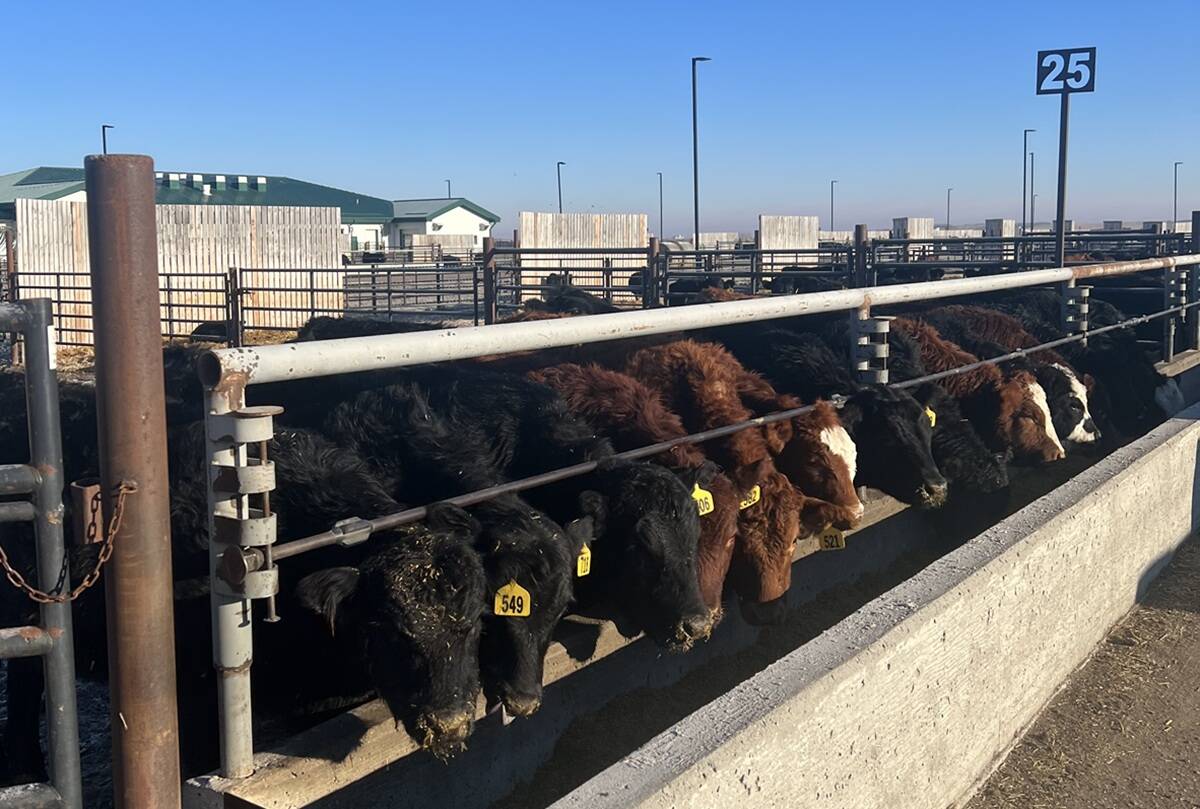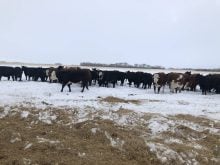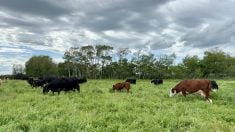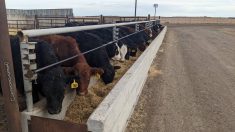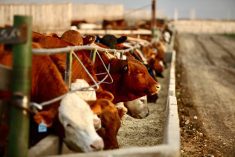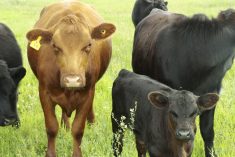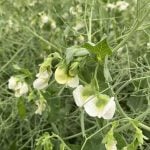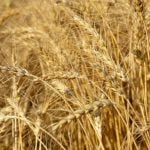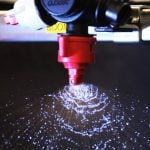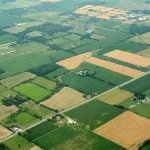We’re now at the peak of the fall run, when most feedlots are filling pens with freshly weaned calves. The first six weeks after arrival are a high-stress period for both calves and cattle feeders, marked by elevated disease and death loss. With record-high calf prices, protecting that investment and minimizing losses has never been more important.
Calves experience stress from multiple sources: weaning, transport, new surroundings, mixing with unfamiliar animals. Routine receiving processing such as vaccinations, deworming and implants also add stress. While strategies such as pre-conditioning and direct sales can reduce stress, these are often outside of a feeder’s control. The goal of this month’s column, then, will be to discuss what cattle feeders should focus on after calves arrive at the feedlot.
Three basic needs should be met on arrival: feed, water and rest. Knowing the background of the calves — whether they were pre-conditioned, recently weaned, vaccinated and how far they travelled — can help guide receiving protocols and decisions.
Read Also
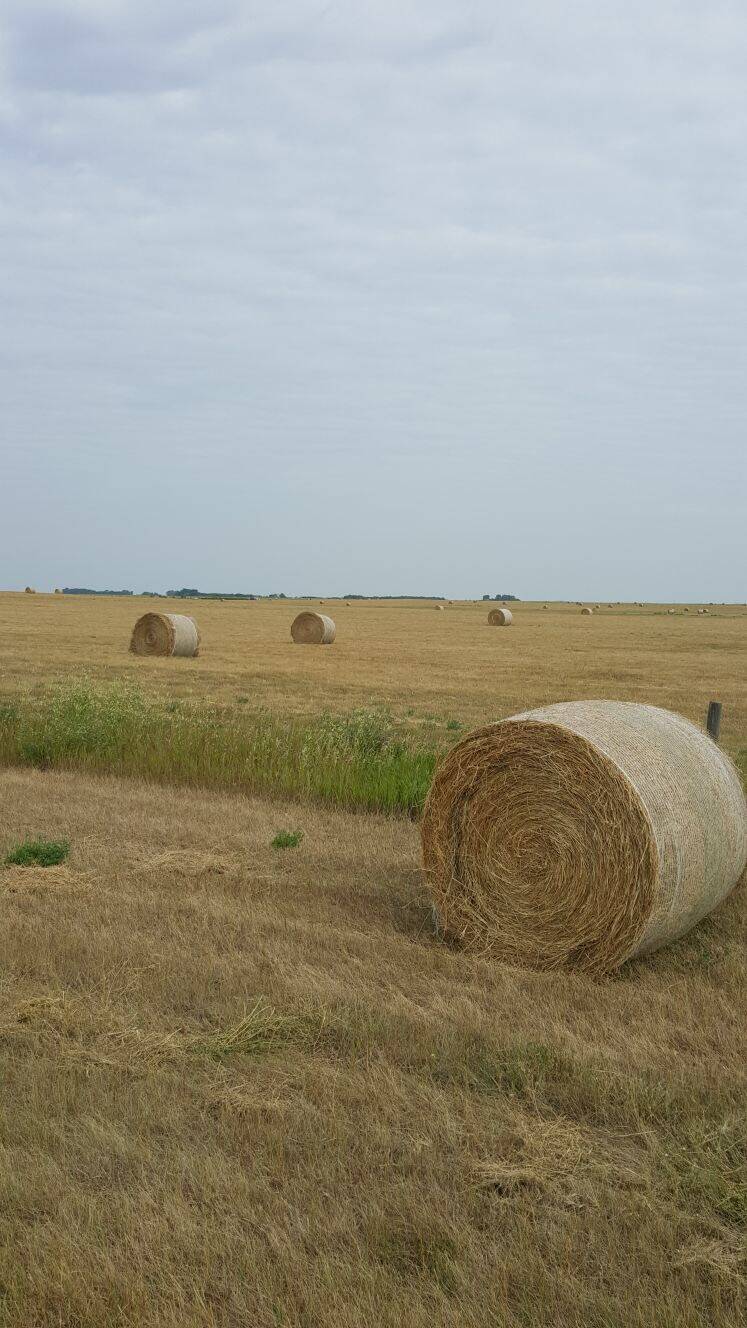
Considerations for salvaging crops for cattle feed
Salvage crops can be an option for feeding cattle, but there are a few considerations
Using low-stress handling techniques during receiving and processing is essential. Handlers should move calves slowly but continuously, avoid loud noises and minimize disruptions.
Feed intake typically drops when calves arrive. Long chopped hay can help encourage eating. Pen design also matters; some rely on bunks, others on bale feeders. Hay can be used to top-dress starter rations or draped over bunks to draw calves in. While bale feeders can help in the short term, the goal should be to train calves to eat from bunks. Research shows that short-term hay feeding (less than a week) can improve gains and reduce death loss, but extended hay feeding reduces overall growth performance. For high-risk calves, particularly those hauled long distances or challenged with bovine respiratory disease (BRD), encouraging early intake is critical, since many won’t eat during the first week.
Water is arguably the most important nutrient. Newly arrived calves are thirsty, and many may be unfamiliar with automatic waterers. Strategies such as removing floats to expose open water, adjusting troughs to create sound, or placing temporary water tanks in pens can help calves locate water quickly.
Rest is equally important. Allow calves time to settle before processing, from a few hours up to a day. Clean, well-bedded pens that aren’t overcrowded reduce stress and improve access to both feed and water. Overcrowding, by contrast, increases competition and lowers intake.
Even with careful management, some BRD is inevitable. Metaphylaxis, treating high-risk calves with antibiotics on arrival, remains one of the most effective tools for reducing illness and death loss. However, a new product, maternal bovine appeasing substance (brand name FerAppease), may be an additional tool to fight this battle. Initial research coming out of Texas A&M University has shown that it can reduce calves’ stress, increase feed intake and lower death loss during the first 60 days on feed (Pickett et al. 2024; Cooke et al. 2025). This product mimics a natural bovine pheromone and has also been linked to improved growth and carcass weights when applied at receiving and re-implanting.
Reducing calves’ stress in the feedlot takes planning and effort from everyone involved. Calm handling, easy access to feed and water and well-designed receiving protocols should be top priorities. Work with your nutritionist and veterinarian to tailor a program that fits your operation. Healthier calves will lead to fewer losses and increase your bottom line.
References
Beef Cattle Research Council. 2019. How to Get New Feedlot Calves Settled and Gaining Quickly; Advice from Producers, Veterinarians and Feedlot Consultants. Beef Research. www.beefresearch.ca/blog/how-to-get-new-feedlot-calves-settled-and-gaining-quickly-advice-from-producers-veterinarians-and-feedlot-consultants/
Cooke, R.F., Mackey, S.J., de Souza, I.S., Mello, I.A.S., Barreto, Y.M., Gouvea, V.N. 2025. Administering the maternal appeasing substance to Bos taurus and B. indicus cattle placed as yearlings in feedlots with different environmental conditions, Translational Animal Science, 9:txaf022. doi.org/10.1093/tas/txaf022
Pickett, A.T., Cooke, R.F., de Souza, I.S., Mackey, S.J. 2024. Administering the maternal bovine appeasing substance improves overall productivity and health in high-risk cattle during a 60-d feedlot receiving period, Journal of Animal Science, 102:skae221. doi.org/10.1093/jas/skae221
Preston, R.L. 2007. Receiving Cattle Nutrition. Veterinary Clinics of North America: Food Animal Practice, 23(2), 193-205. doi.org/10.1016/J.CVFA.2007.04.001
Reinhardt, C., and Thomson, D.U. 2015. Nutrition of Newly Received Feedlot Cattle. Veterinary Clinics of North America: Food Animal Practice, 31(2), 283-294. doi.org/10.1016/J.CVFA.2015.03.010 c

